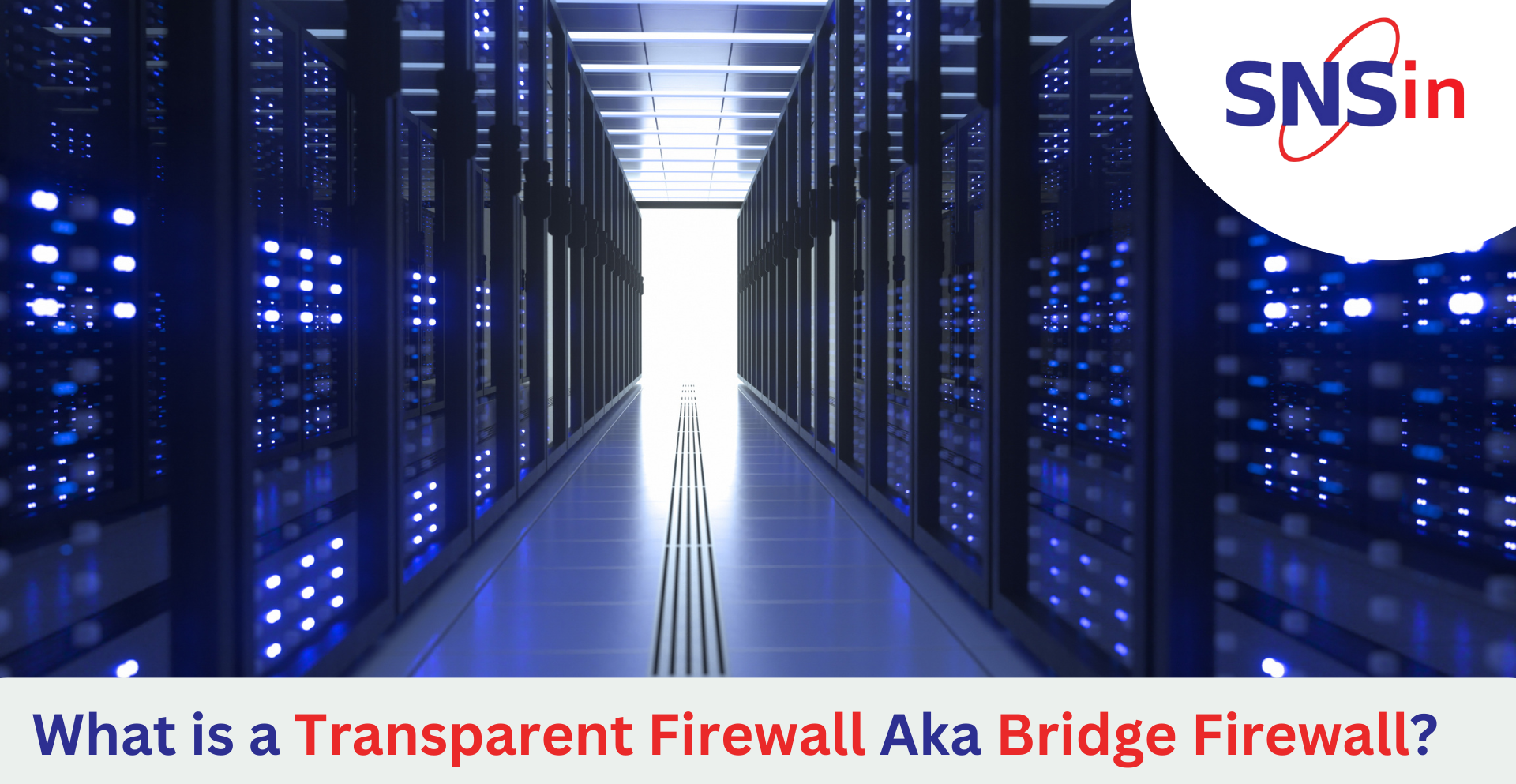How Transparent Firewall Works The Transparent firewall operates as a bridge between two network segments, monitoring traffic passing between them. It has similar functionality to a traditional firewall. It performs packet inspection and filtering, without modifying the packet’s IP addresses. The Bridge firewall connects to both network segments via two network interfaces, one on each segment. The firewall can be configured with rules that allow or deny traffic based on MAC Address or Port Number.
Benefits of a Transparent Firewall
High performance – The firewall is positioned behind a router. The data traffic doesn’t go through the firewall, resulting in faster processing times. Low cost – Hardware requirements for a transparent firewall are minimal. This solution can be quite affordable compared to other types of firewalls. Scalability – As businesses grow, adding extra protection becomes easier. As new ports could be added to existing equipment instead of purchasing expensive new systems. Central management – Connecting many access points via Ethernet switches allows all ports to be controlled and monitored using one interface. Improved security – Besides providing a high level of defense against internal and external attacks, the transparency feature helps ensure no device goes unprotected.Common Use Cases
Transparent firewalls are used in LANs to provide an extra layer of security. They are particularly useful when legacy applications cannot be easily modified to use a different IP address or network gateway. They could also be used where the network topology is complex or where it is not feasible to change the existing network infra to accommodate a traditional firewall. They are used in data center environments. They can be used to secure virtualized environments or to segment different types of traffic.Wrap Up
A transparent bridge firewall can be rapidly deployed with a simple configuration process. Because these firewalls are without an IP address within the network, they are stealthier and remain undetected by cyber attackers. Thus, it is a significant security advantage as the network becomes less prone to cyberattacks. Non-IP traffic is also permitted when using a transparent firewall. Networks use ACLs to control and manage incoming and outgoing traffic flow. A transparent firewall enables any traffic including non-IP to pass through the network. Transparent firewalls can simplify network architecture and enhance network performance. They are used in LANs and data center environments. It operates at the data link layer. It is a more effective tool for preventing unauthorized access and malicious traffic from entering or leaving the network. For Firewall related queries & requirements, please drop an email at [email protected]. ![]()




